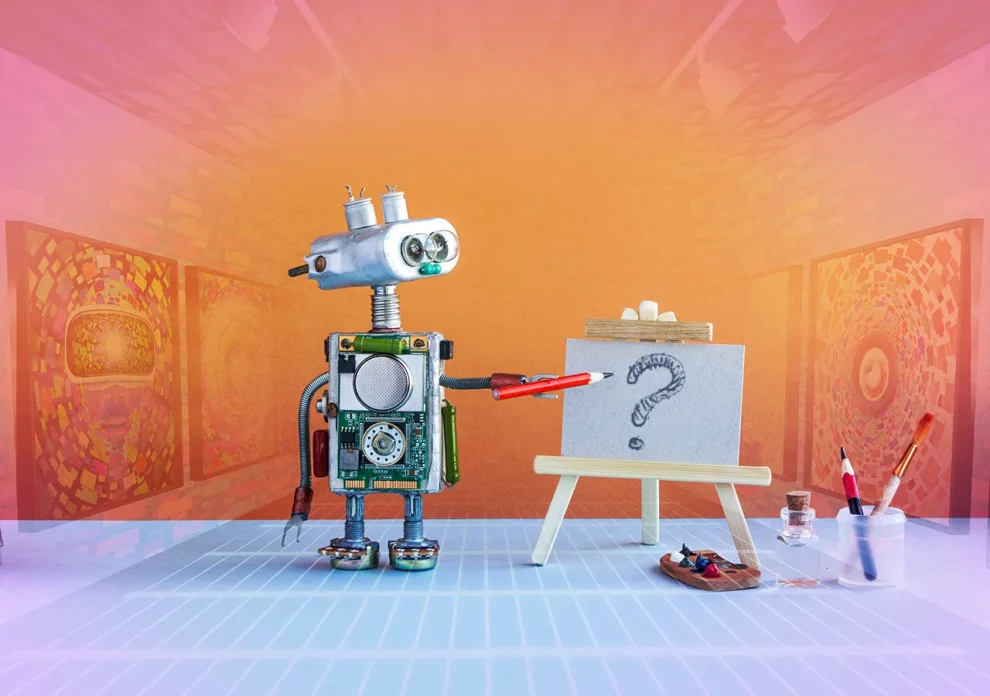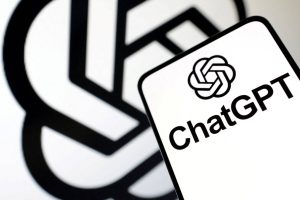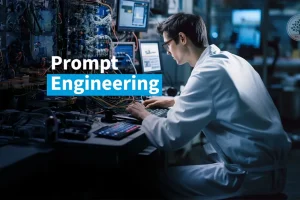Artificial intelligence (AI) is rapidly transforming creative processes for art, media, and writing. From breathtaking digital paintings to automatically generated news articles, AI holds immense potential to democratize creativity.
However, concerning disparities exist regarding access to these emerging technologies. Minority creators often face challenges harnessing AI tools, leading to potential exclusion from this burgeoning creative landscape.
In this extensive blog post, we’ll examine barriers facing minority creators and provide actionable models to bridge gaps, foster inclusivity, and empower diverse artistic voices.
Examining Barriers Facing Minority Creators in AI
While AI creative tools offer boundless possibilities, many barriers restrict access for minority creators:
Prohibitive Costs
Leading AI platforms carry substantial price tags, creating economic barriers especially impacting minority creators with limited financial resources.
Technical Literacy Gaps
AI-powered creative processes require technical proficiency. Lack of access to digital skills programs widens expertise gaps, further excluding some creators.
Algorithmic Biases
As AI models are trained on datasets, lack of diversity can propagate biases. This limits minority creators from fully expressing themselves through AI-generated artwork.
Homogenous Development Teams
With limited diversity among AI developers, tools often lack inclusivity in design and user experience. This reduces intuition for minority creators.
Strategies to Promote Equitable Access
Let’s explore practical strategies addressing these challenges head-on to expand participation for marginalized communities:
1. Open-Source and Low-Cost AI Tools
Making AI creative tools freely accessible through open-source licensing removes economic limitations. Encouraging tiered pricing models, with subsidized access for minority creators, also enhances affordability.
2. Targeted Educational Initiatives
Investing in digital skills training tailored to minority communities bridges technical expertise gaps. AI workshops and mentorships hosted with minority-led creative organizations also build capabilities.
3. Mitigating Algorithmic Biases
Prioritizing diverse and representative datasets combats bias in AI outputs. Developing bias detection and mitigation techniques further empowers responsible and ethical usage.
4. Diversifying Development Teams
Actively recruiting diverse AI engineering teams better incorporates varied cultural perspectives into tool conception and UX design, enhancing accessibility.
5. Community-Driven Collaboration
Creative spaces focused on AI art for minority creators enable mutually supportive knowledge sharing. Hackathons and challenges also spur participation and innovation.
A Call to Action
Achieving equity in accessing AI’s creative potential isn’t just an issue of fairness. Inclusivity enriches art, media, and writing itself with the unique styles, stories, and viewpoints minority creators contribute.
Stakeholders across societal spheres can facilitate progress:
Creators Should:
- Utilize available resources and advocate for accessible tools
- Support community-building initiatives
- Collaborate with diverse peers
Technology Leaders Must:
- Invest in inclusive AI development
- Provide resources assisting underrepresented groups
Educators Should:
- Incorporate AI literacy and ethics into curricula
- Cultivate inclusive learning environments
Policymakers Can:
- Incentivize accessible and unbiased AI technologies
The Future is Inclusive
By embracing equity as a guiding tenet, we can ensure minority creators aren’t just participants, but leaders shaping AI-generated art, media, and writing.
What barriers have you encountered using AI for creative projects? Which strategies outlined here seem most impactful from your perspective? Share your thoughts below!














Add Comment